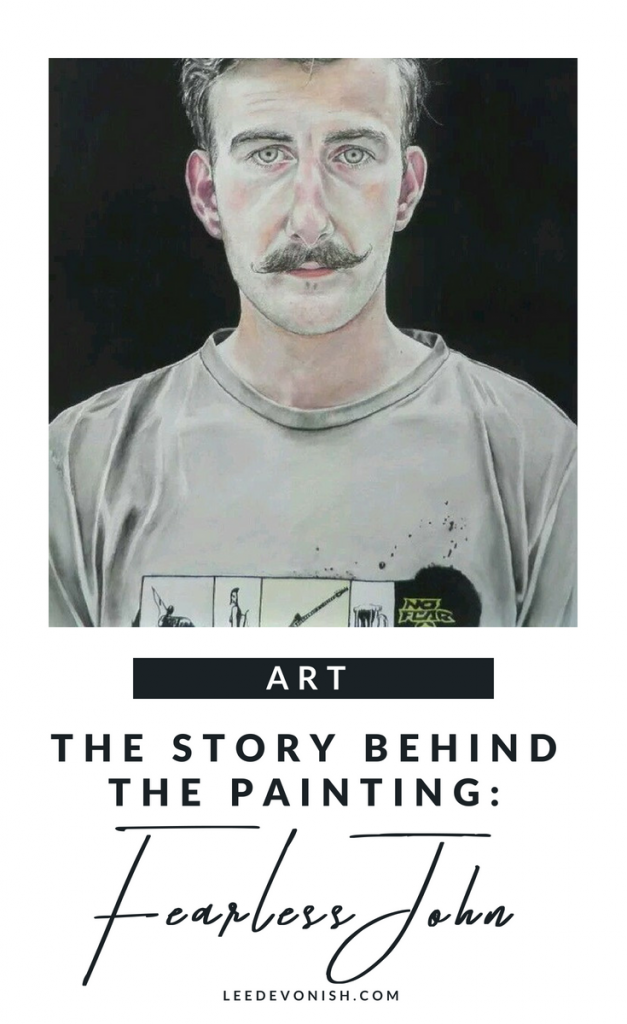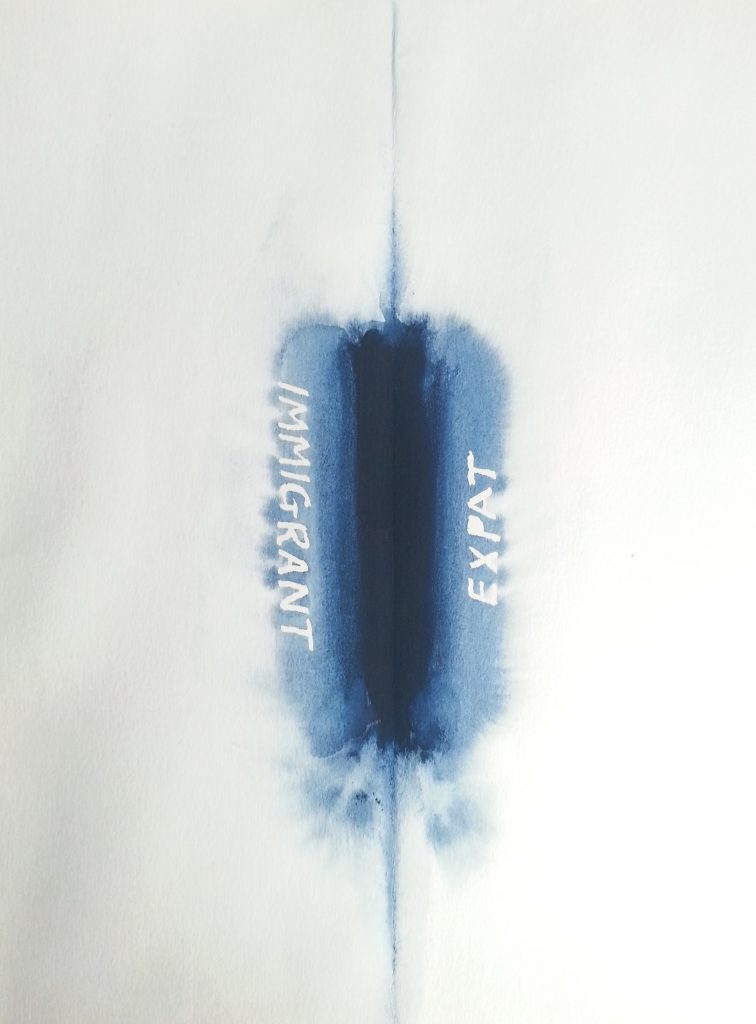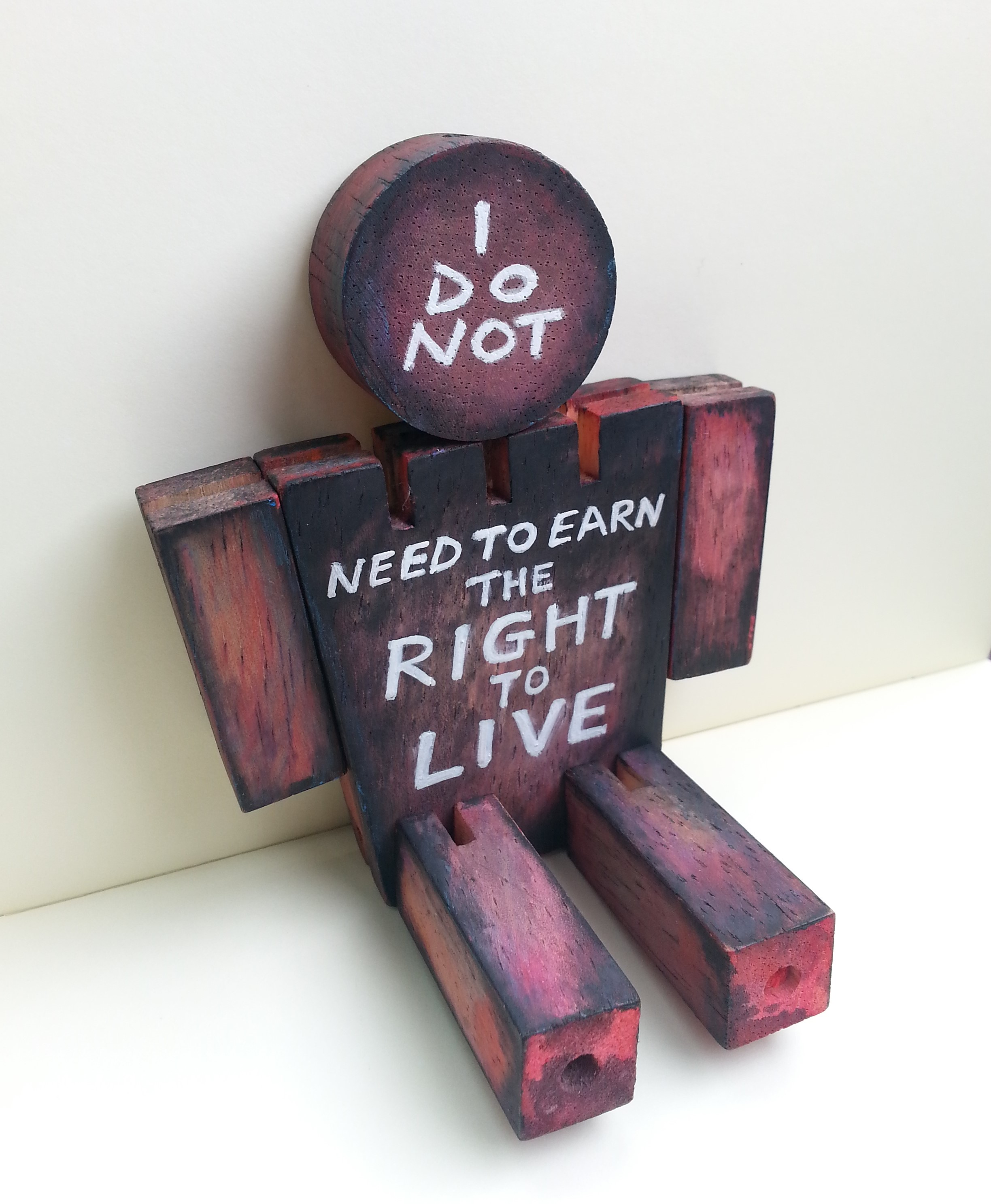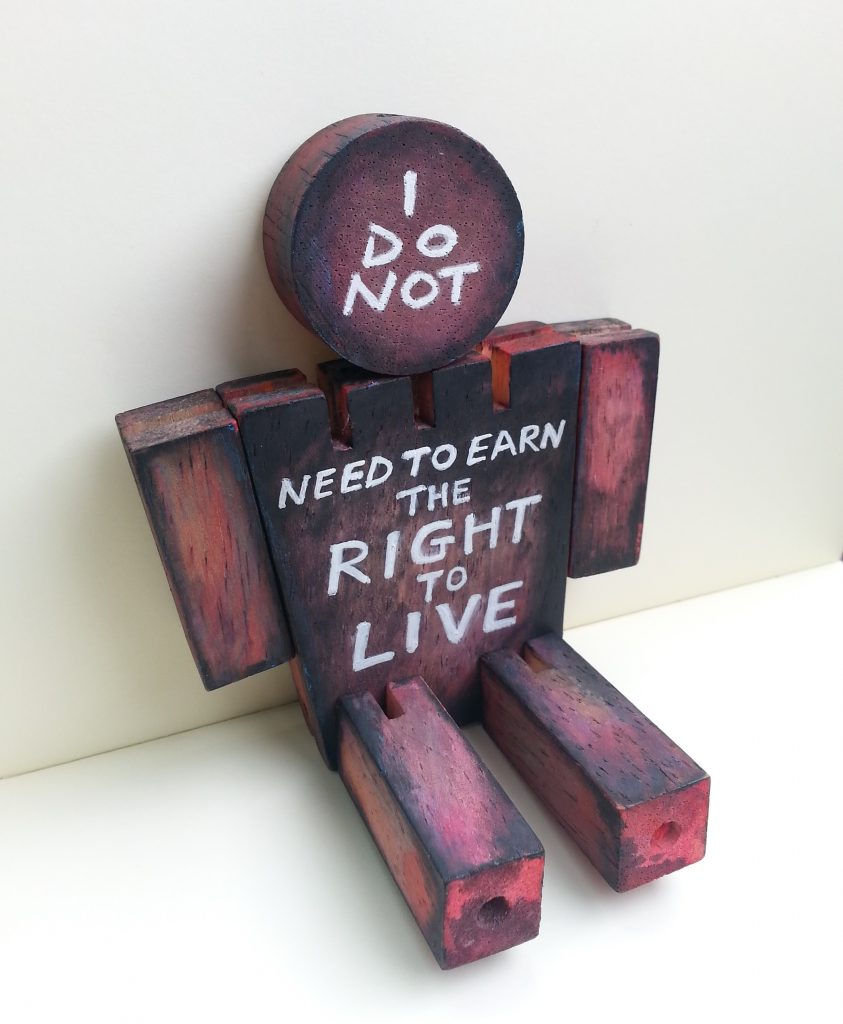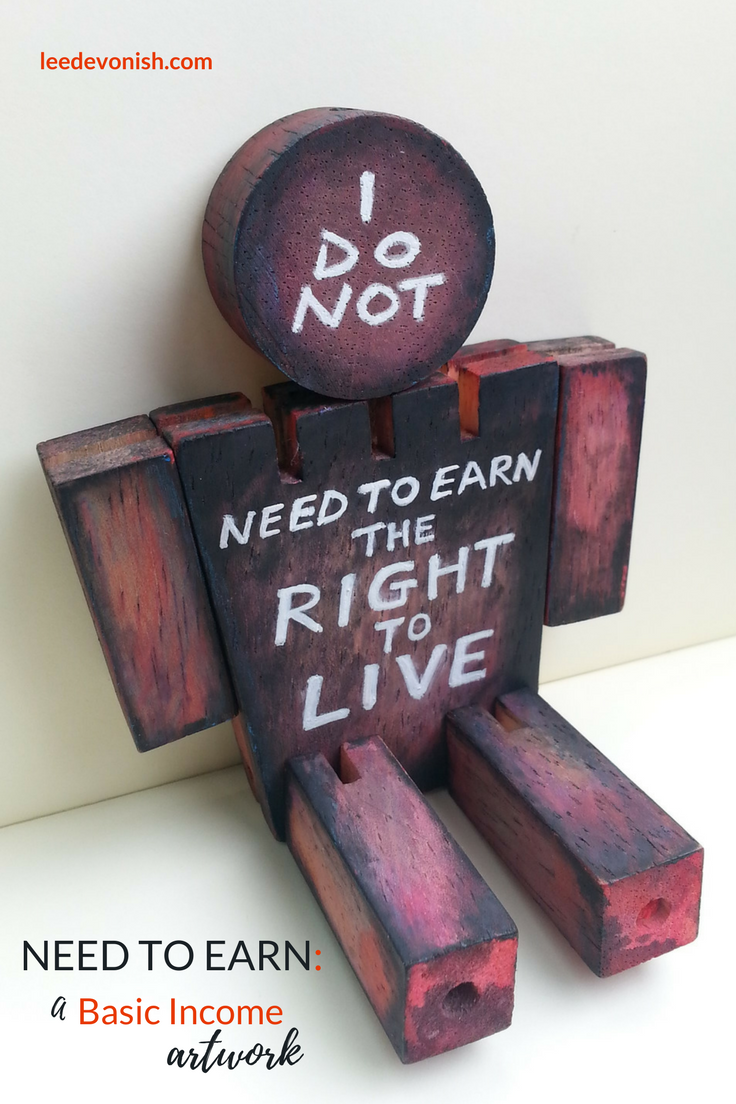Fearless John – the story behind a watercolour painting.
I was walking through a shopping centre in Ashford one day in the summer between terms at art school when something caught my eye.
There was something strange about the young man working at the mobile phone kiosk – I’d already walked by when my brain finally worked out that it was the handlebar moustache he sported.
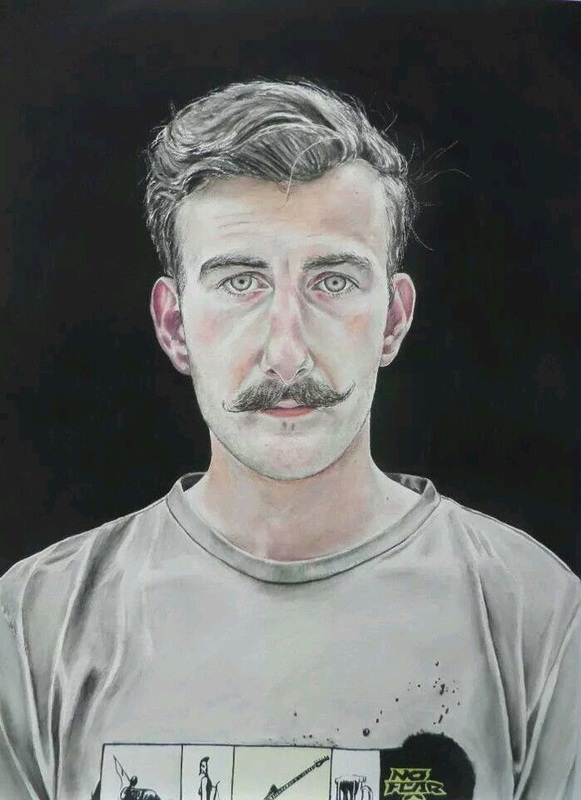
A handlebar moustache painting was already on my mind…
I’d never seen anyone so young wearing a moustache like that, so carefully curled. It stood out to me because I’d been thinking about male facial hair a lot at the time, as part of a project on gender signifiers. (At the time, I was pretty oblivious to trends. I didn’t have a tv and I had no interest in fashion: both still true. I didn’t realise that soon, handlebar moustaches would be on everyone, even as jewellery and clothing prints on those who couldn’t grow them.)
After I got home, I started to regret not asking the stranger if I could paint his portrait.
It’s more than a bit strange, sure, but I decided to ask the next time I saw him, if there was ever a next time.
Of course, I did see him the very next time I went into town, but this time I was armed with my camera and business card to prove I wasn’t just a nutter. He was actually quite happy to be painted, which was a relief in that situation! I took my picture and scurried away as fast as I could.
Discovering my mystery model’s identity
After the term had started, one of my classmates saw my painting and recognised my subject as one of her friends and told me his name – John. I’d actually aged him up a bit. I now had a name (and a title) for my painting.
Still, he was very pleased with the result when I carried the painting down to the shopping centre to show him. That’s the last I saw of John.
This artwork is available as a postcard here.
